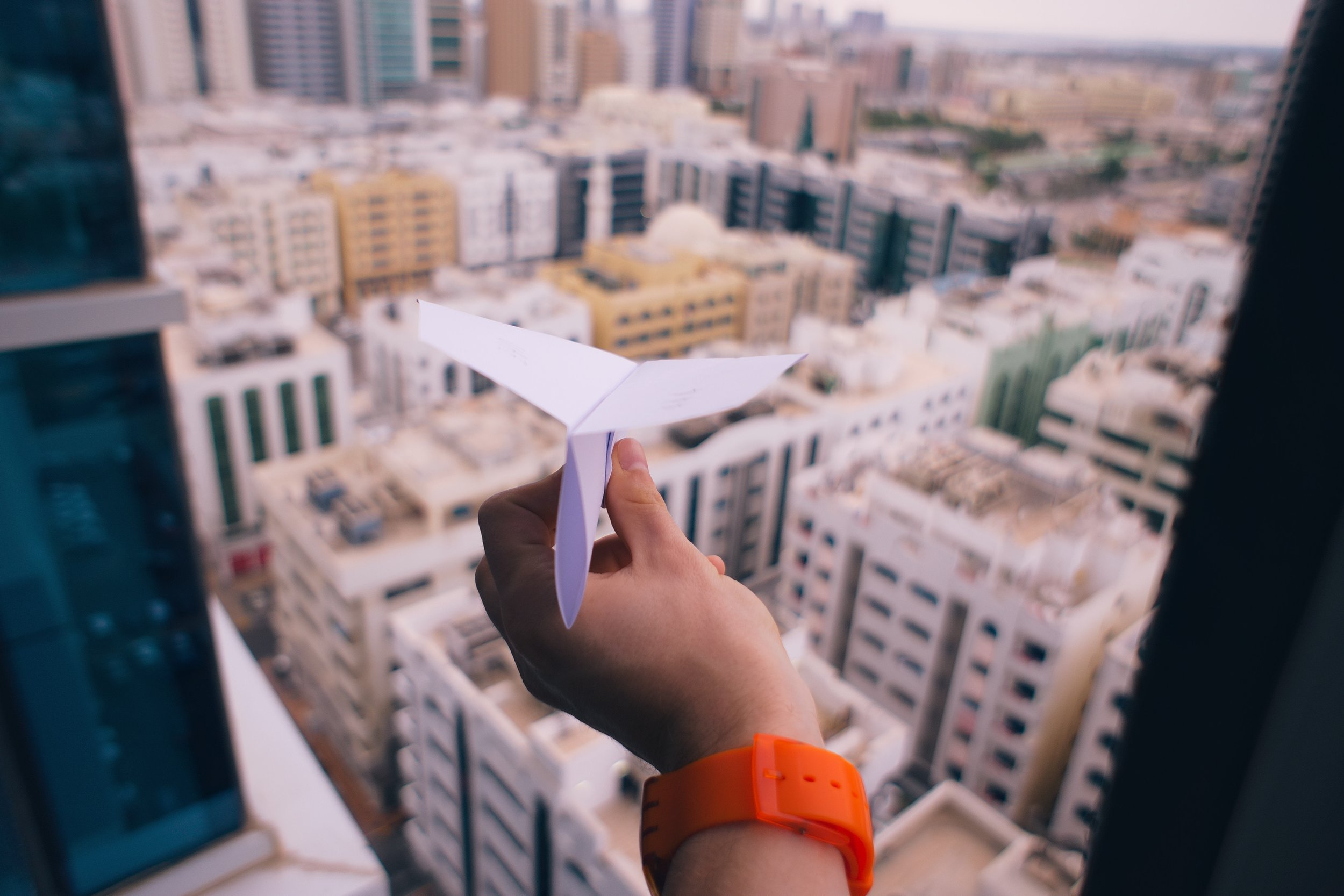Countless articles and posts remind us of the the idea that how we carry ourselves affects how we feel about ourselves.
But this note is not about you or me.
Rather it’s about the people we care for and the people we surround ourselves with, because how we carry ourselves can affect more that just us; it affects those we are around.
We’re social animals, and the outward display of our mostly unconscious embodied emotions, movements, and intentions seems to have a tangible positive or negative effect on others.
Maybe it happens as you walk through the hall at work, maybe it’s in the classroom, maybe it’s in the way you embody your attention as you order your coffee, or maybe it’s at home with the person you love.
How specifically, but indirectly, can you influence a positive change in others through a change in the way you embody your own actions and intentions?










